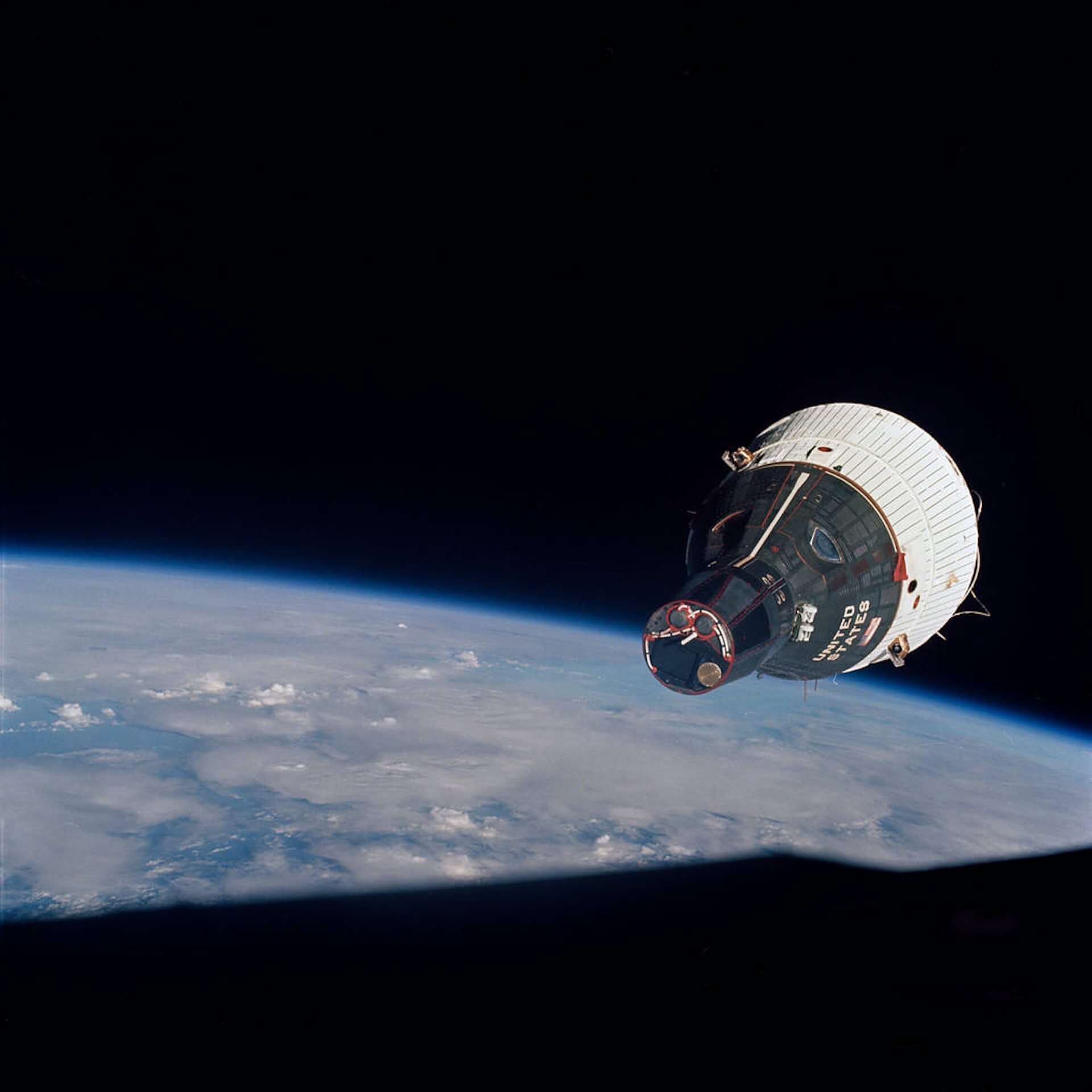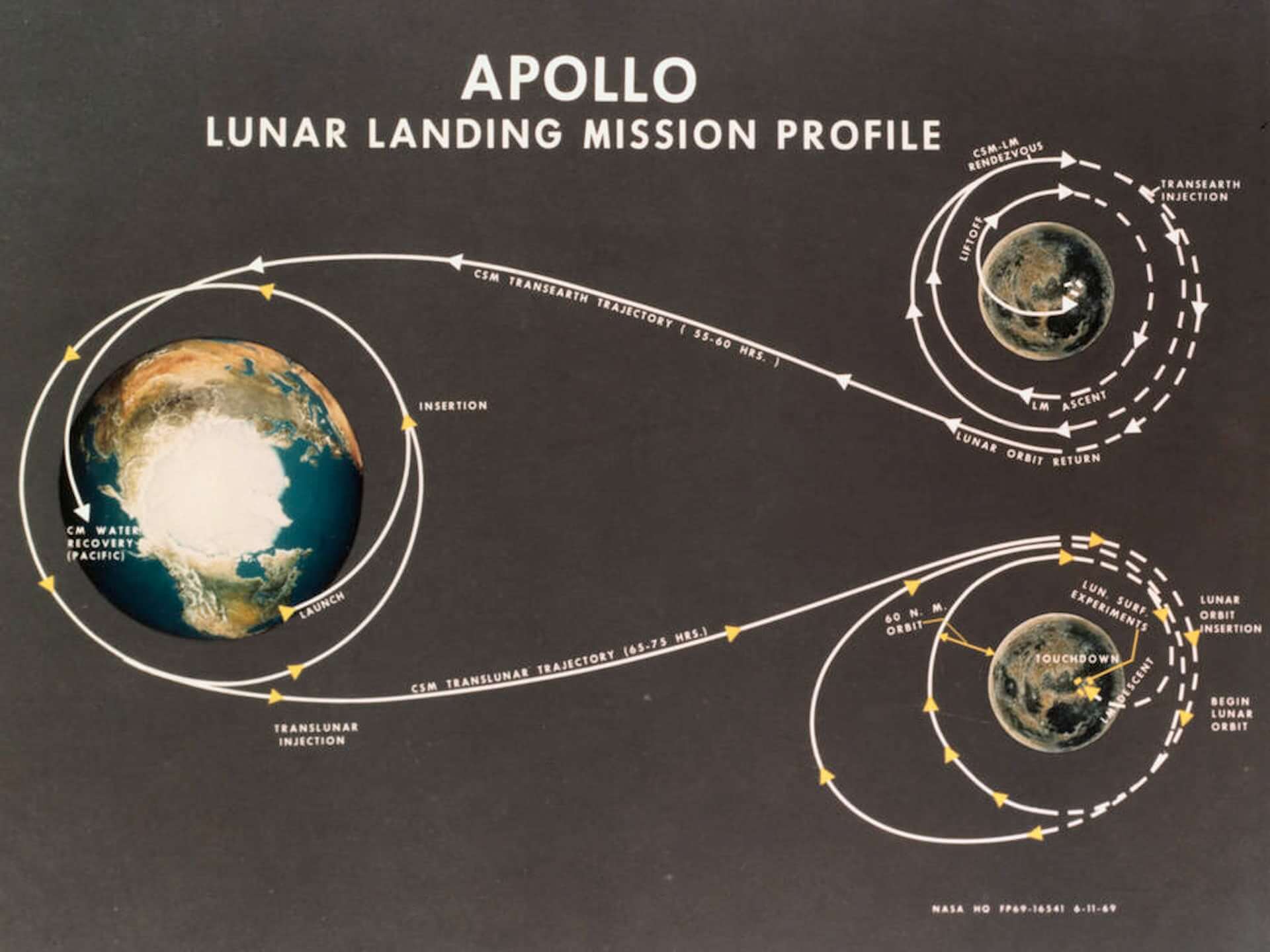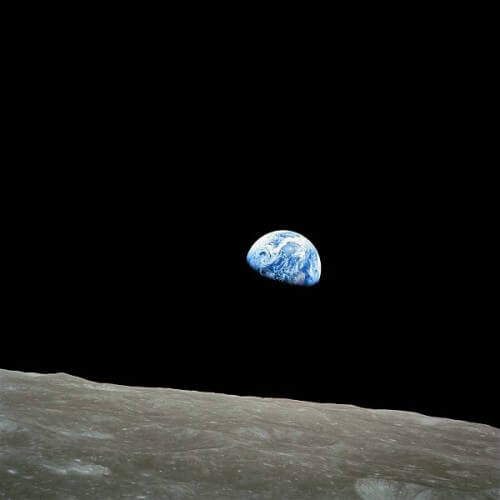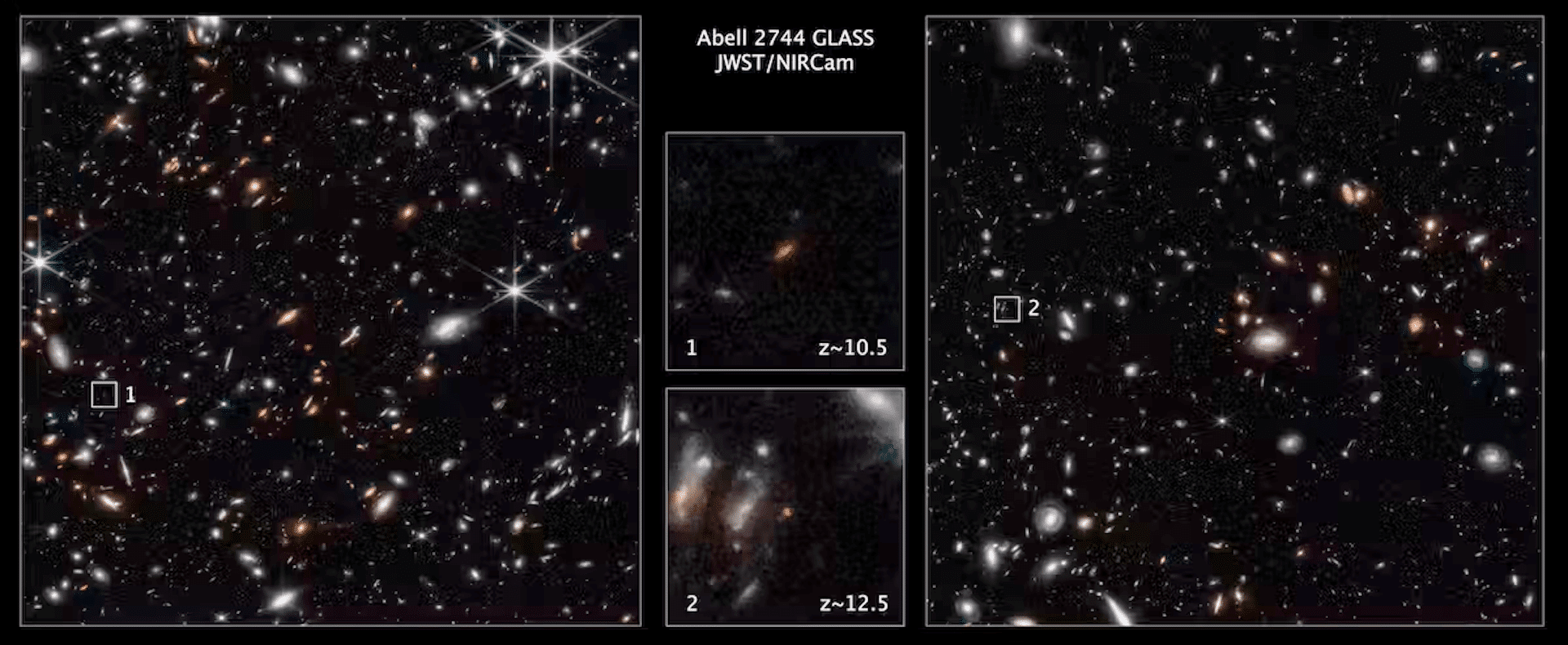The teachers who explained to him as a child the first Hillel flights led Stephen Alexander to fall in love with space, when the space agency was created when he was 3 years old and the first flight to the moon when he was 14 years old
Stephen C. Alexander, Associate Professor of Physics, University of Miami
Sixty-five years ago, in 1958, several government programs that worked to promote aviation research and spaceflight were merged to create NASA. At the time, I was only 3 years old.
Now, after nearly 30 years of teaching as a professor of physics and astronomy, I realize that like many others who came of age in the 60s and 70s, NASA missions had a profound impact on my life and career path. From John Glenn's first flight into orbit to the Hubble Space Telescope, the agency's legacy has informed generations of scientists.
The first flight to the runway
The date was February 20, 1962. My first grade teacher, Mrs. Oakes, told the class that we would do something different that day. She went to the board and wrote in big letters "John Glenn" and "NASA".
She asked if any of us knew what these words meant. None of us knew, so she took a globe, and with a pen with a plastic cap, she demonstrated that John Glenn, an astronaut, was about to be launched by a rocket - the pen - from Florida. When the rocket reaches a sufficient height, Glenn in the Mercury capsule - the lid - will separate from the rocket and enter orbit around the Earth. She demonstrated this by moving the pen cap around the globe.
So we sat and listened to the historic launch of Friendship 7 with Glenn, which was the first American mission to send a human into Earth orbit.
There were three more missions in the Mercury program involving a single astronaut, culminating in Gordon Cooper's Faith 7 mission, which completed 22 orbits of Earth. The program proved that NASA could launch a manned spacecraft into orbit and return it safely to Earth. After that, NASA was ready to move to a more maneuverable spacecraft with two crew members.
A spaceship with two crew members

In 1965, NASA planned to launch the Gemini spacecraft with two crew members, and I moved into fifth grade, where my teacher, Mrs. Wayne, was also an avid space enthusiast. In December, NASA launched the combined Gemini 6 and 7 missions, and Mrs. Wayne gave me permission to stay home from school to watch the television coverage.
It was the first time two manned spacecraft performed what is called a docking maneuver, where they meet in orbit. Such orbital maneuvers require very precise calculations and a spacecraft in which the astronauts can make trajectory changes in space - which the Gemini capsule was designed to do.
A diagram showing the Earth and the Moon as circles, with a spacecraft's trajectory from Earth, to the Moon, and back to Earth.

Lunar orbital docking occurs when a smaller lunar lander separates from a primary spacecraft while in orbit to land on or orbit the moon before returning to the primary spacecraft. NASA, CC BY-ND
Gemini 6A and 7 spacecraft practiced a docking maneuver in Earth orbit. At the time, I did not understand the importance of this task, until Mrs. Wayne directed me to Volume "S" of the World Book Encyclopedia. There, under "space flights," was a full-page diagram of the lunar orbiter docking plan that NASA engineer John Hobolt had developed to take astronauts to the moon and back.
The key feature of the lunar orbital docking was that two spacecraft, the Apollo Command Module and the Lunar Lander Module, would dock in lunar orbit using the same technique demonstrated by the Gemini 6 and 7 missions. The technology of this maneuver, used in the Apollo missions, would later help land Neil Armstrong on the moon.
to the moon
Earth, partially covered in darkness, as seen from the moon

In December 1968, when I was in eighth grade, I watched the Apollo 8 mission orbit the Earth on television. It was the first time anyone, whether an American astronaut or a Soviet cosmonaut, had left low Earth orbit. This mission gave us the "Sunrise of the Earth", the first look at our Earth as seen from a distance.
The Apollo 11 moon landing took place in July 1969. I will never forget sitting in my living room when Armstrong stepped outside the lunar landing module onto the lunar surface. With Armstrong's steps, the ambitions of a dead president, thousands of NASA scientists and engineers, and millions of public supporters were realized.
CBS news anchor Walter Cronkite captured the moment of astonishment when he slowly removed his glasses, clapped his hands together and called out "Boy".
In December 1972, when I was a 17th grader, Gene Cernan became the last man to walk on the moon during the Apollo XNUMX mission. Like many of us who watched the Apollo missions, I listened to Cernan's last words from the moon, where he challenged young people to continue what NASA had started.
Influenced by Cernan's words, I went on to pursue degrees in aeronautical engineering and worked on both the re-entry of the Skylab space station and the early mission planning of the Magellan spacecraft that visited Venus.
At this point I made a career change - I went back to school to study physics and finally ended up in theoretical astrophysics.
After Apollo
NASA has had a profound impact on the sciences. For example, the ability to guide unmanned robotic spacecraft anywhere in the solar system was a byproduct of the technologies necessary for the Apollo missions.
Perhaps the most ambitious of these is the Mars lander Perseverance, which is looking for chemical evidence of past or present life on Mars. It also collects and leaves samples for a potential future mission to Earth in the 30s.
In terms of pure astronomy, NASA's space-based observatories improve our abilities to observe the electromagnetic spectrum. The Hubble Space Telescope and its newly launched cousin, the James Webb Space Telescope, have allowed astronomers to raise large telescopes above Earth's murky atmosphere. With these instruments, we can see almost to the beginning of time, because looking deeper into space also means peering back in time.
The James Webb Space Telescope is changing our view of the universe - there hasn't been a considered revolution in observational astronomy since Galileo first pointed a telescope at the sky in 1609.

More of the topic in Hayadan:
- Astronaut Walter Shira passed away
- Apollo 11 Astronaut Michael Collins Dies at 91
- The Gemini program - the first time that people stayed and worked in space for a significant period of time
- Minister Ben Eliezer chose Avi Hasson for the position of Chief Scientist at the Ministry of Science and Technology
- Scientists have measured the atmosphere of a planet in a solar system 340 light years away
